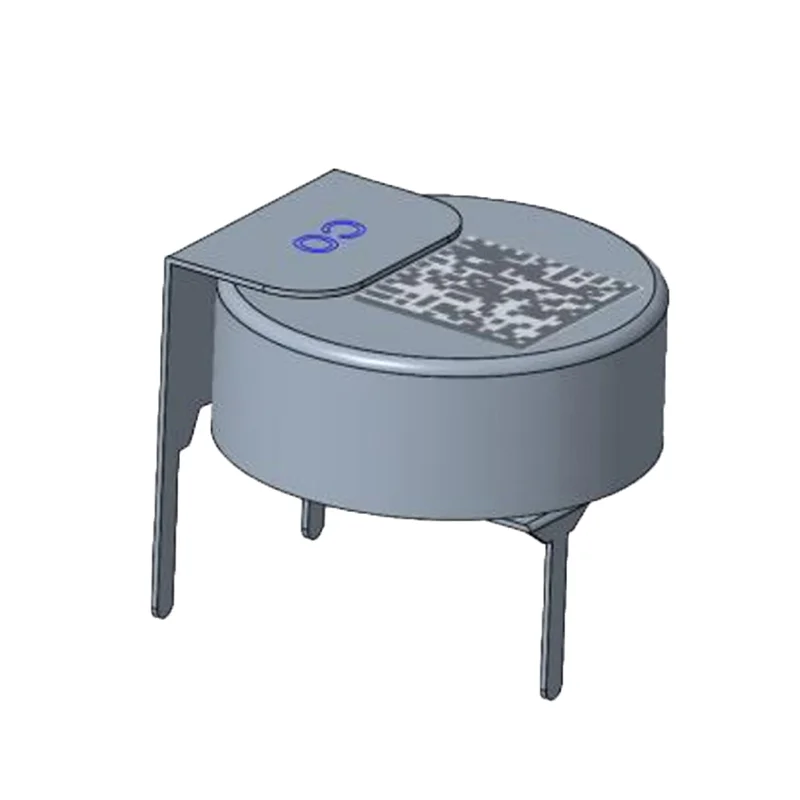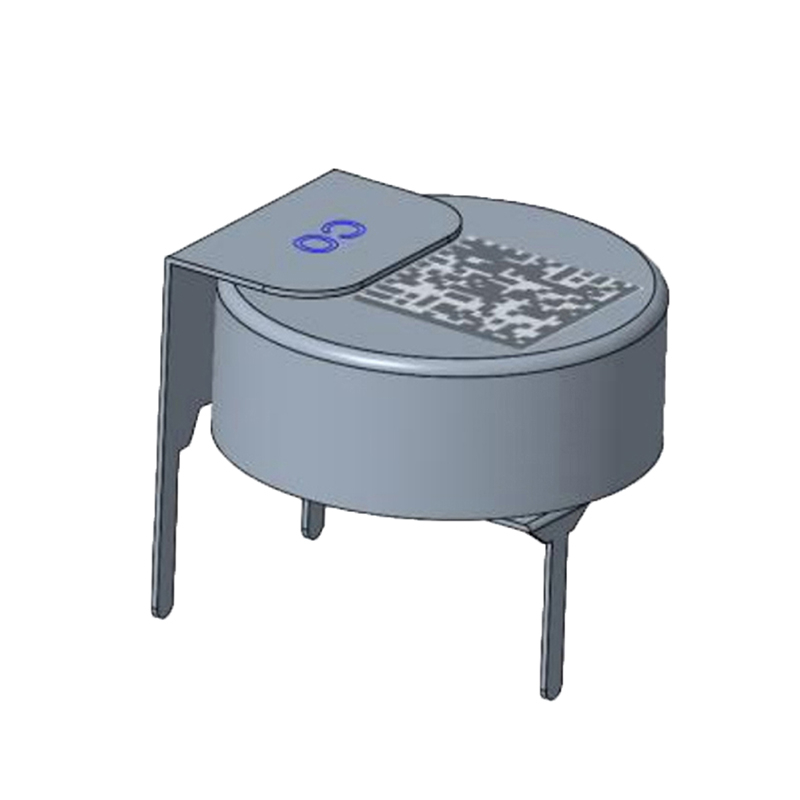In an age where technology is increasingly integrated into every corner of our lives, ensuring safety in both domestic and industrial environments has never been more critical. One of the silent yet deadly threats we face is carbon monoxide (CO)—a colorless, odorless, and tasteless gas that can be fatal even in small concentrations. This is where CO sensors step in, acting as essential guardians for modern safety systems.
From smart home devices to industrial safety mechanisms, CO sensors have evolved into indispensable tools for real-time detection, early warning, and environmental monitoring. This article explores the role and expanding applications of CO sensors in today’s connected world.
Understanding Carbon Monoxide and the Importance of Detection
Carbon monoxide is produced by the incomplete combustion of carbon-based fuels such as gasoline, natural gas, coal, and wood. In homes, it often originates from poorly ventilated stoves, heaters, or malfunctioning gas appliances. In industrial settings, CO emissions are frequently associated with internal combustion engines, furnaces, and chemical processes.
Because carbon monoxide is virtually undetectable by human senses, CO sensors are vital in preventing poisoning incidents. Even low-level, prolonged exposure can lead to severe health effects, including dizziness, confusion, unconsciousness, and, in extreme cases, death.

What Is a CO Sensor?
A CO sensor, or carbon monoxide detector, is a device designed to sense the presence of CO gas in the environment and alert users before dangerous concentrations are reached. These sensors typically use technologies such as electrochemical cells, metal oxide semiconductors, or infrared spectroscopy to detect and measure gas concentrations in parts per million (ppm).
Modern CO sensors are compact, low-power, and highly accurate, making them suitable for a broad range of use cases—from handheld devices to embedded systems in large-scale industrial equipment.
CO Sensors in Smart Homes: Safety Meets Intelligence
With the rise of the Internet of Things (IoT), homes are becoming smarter, safer, and more responsive to user needs. In this ecosystem, CO sensors play a crucial role in enhancing residential safety.
1. Integration into Smart Alarms and Home Automation Systems
Today’s CO sensors are often integrated into multi-functional smart alarm systems that combine smoke detection, CO monitoring, and temperature sensing. When abnormal CO levels are detected, these systems trigger alarms and can even send real-time alerts to homeowners’ smartphones or smart speakers.
In some setups, CO detection is linked to home automation—automatically opening windows, shutting down HVAC systems, or activating ventilation to reduce CO buildup.
2. Peace of Mind for Families
Smart CO sensors offer added peace of mind, especially for households with children, elderly family members, or pets who are more vulnerable to gas poisoning. Some devices feature self-testing functions, battery status indicators, and voice notifications for added convenience.
3. Remote Monitoring and Cloud Connectivity
Smart home CO sensors often connect to cloud platforms, enabling remote access, historical data analysis, and advanced alerts. This capability is especially valuable for homeowners who travel frequently or manage multiple properties.

Industrial Safety: A Critical Use Case for CO Sensing Technology
While CO sensors in homes are focused on individual safety, their industrial applications are even broader and more complex. In workplaces where combustion processes or confined spaces are present, CO monitoring is not just recommended—it is mandated by safety regulations.
1. Factories and Manufacturing Plants
In industries that rely on furnaces, kilns, or fuel-burning equipment, CO sensors are used to monitor emissions and ensure compliance with air quality standards. Continuous monitoring systems are installed to detect any leakage or malfunction in equipment.
2. Mining and Underground Facilities
Miners are at high risk for gas exposure due to poor ventilation in underground environments. Portable CO detectors are used by personnel to ensure that they are not exposed to toxic levels during shifts, while fixed systems provide real-time environmental assessments.
3. Warehouses and Cold Storage Units
Gas-powered forklifts and heating systems can emit CO, especially in enclosed areas. Installing reliable CO sensors in loading bays and storage areas helps protect workers and maintain safe air quality.
4. Boiler Rooms and Energy Plants
In energy production and boiler systems, CO emissions can signal incomplete combustion or mechanical failure. CO sensors help technicians monitor performance, detect inefficiencies, and respond quickly to abnormal gas levels.
Shenzhen ProSense Technology Co., Ltd.: Pioneering Gas Sensing Innovation
At the forefront of this vital technology is Shenzhen ProSense Technology Co., Ltd., a trusted gas sensing solution provider founded in 2015. Since its inception, ProSense has delivered over 10 million gas sensors worldwide, supporting a vast range of industries and applications.
A Comprehensive Gas Sensor Portfolio
ProSense offers one of the broadest portfolios in the gas sensing market, covering gases such as CO, H2, HCHO, H2S, NH3, and CH4, among others. This versatility allows the company to serve diverse needs—from air purifiers and HVAC systems to industrial gas analyzers and smart city infrastructure.

Conclusion
Whether it’s protecting your family at home or ensuring workplace compliance in a high-risk industrial zone, CO sensors are an essential part of modern safety architecture. Their ability to provide real-time, accurate, and life-saving alerts makes them indispensable in a world increasingly focused on health, safety, and automation.
ProSense is committed to providing innovative gas sensing solutions that combine high performance with intelligent integration for customers worldwide. Going forward, CO2 sensing technology will continue to evolve, helping to create a world that is not only smarter, but safer.
www.cnprosense.com
Shenzhen ProSense Technology Co., Ltd.
